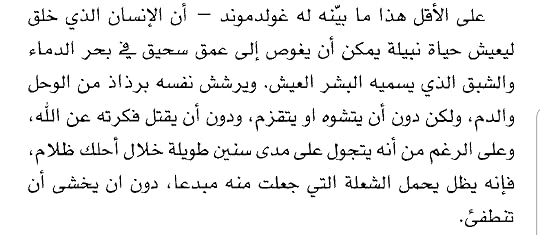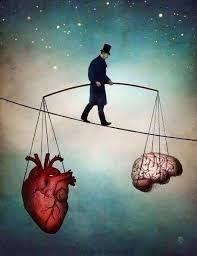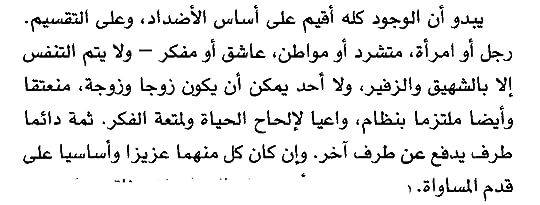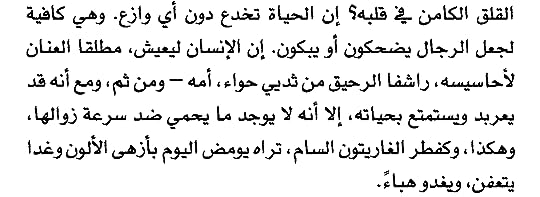What do you think?
Rate this book


320 pages, Paperback
First published January 1, 1930
„Tu nu vezi că peste tot e moarte, că în toate casele și orașele se moare și totu-i plin de jale? Chiar și furia proștilor care l-au ars pe tatăl tău [tatăl Rebekkăi era evreu]... vine din prea multă suferință. Uite, curînd ne ia și pe noi moartea și o să putrezim în cîmp și cu oasele noastre o să joace zaruri cîrtița” (p.207).
“Mientras Narciso era sombrío y magro, Goldmundo aparecía radiante y lleno de vida, Y así como el primero parecía ser un espirito reflexivo y analítico, el segundo daba la impresión de ser un soñador y tener alma infantil…Bien pronto descubriría Goldmundo que su anhelo pudiera estar íntimamente relacionado con la muerte. Aprender a enfrentarse a ella será el objetivo de su vida errante.
“Sí, mi estimadísimo amigo, el mundo está lleno de muerte, lleno de muerte; sobre cada vallado aparece sentada la pálida dama, escondida detrás de cada árbol, y de nada vale que edifiquéis muros y dormitorios y capillas e iglesias, porque atisba por la ventana, y se ríe, y os conoce a todos, y en medio de la noche la oís reírse ante vuestras ventanas y pronunciar vuestros nombres. ¡Seguid cantando vuestros salmos y encendiendo hermosos cirios en los altares y rezando vuestras vísperas y maitines y coleccionando plantas en el laboratorio y libros en la biblioteca!... Todo se irá, todo se irá al diablo, y en el árbol aguardan los cuervos, los negros frailucos.” …Vivir el presente, disfrutar de lo que la vida le regala en cada momento, soportar el sol, la lluvia, la sequía, la nieve con la misma dulzura y mansedumbre que lo hacen los bosques, deleitarse con todo el placer que le procuran las mujeres, por las que es generosamente adorado, esa fue su primera respuesta.
“Podía entregarse a aquella tristeza y a aquel espanto de la transitoriedad con el mismo fervor que al amor, y esa melancolía era también amor, era también carnalidad. Así como el goce erótico, en el instante de su máxima y más dichosa tensión, sabe que inmediatamente después se desvanecerá y morirá de nuevo, así también la íntima soledad y la melancolía sabían que serían tragados súbitamente por el deseo, por una nueva entrega a la faceta luminosa de la vida.” …Y vio que todo era bueno y necesario, pero también que “lo bello y amado es efímero”, que su búsqueda del placer no terminaba con su desasosiego y, una vez saciado el deseo, volvía a estar en medio del desierto.
“… tal vez el llevar una vida como la de Goldmundo no fuera tan sólo más inocente y más humano, sino que también, a la postre, fuera más valiente y más grande abandonarse a la violenta confusión y al torbellino, cometer pecados y cargar con sus amargas consecuencias, en vez de llevar una vida pura apartado del mundo, con las manos limpias, y construirse un hermoso jardín intelectual lleno de armonía y pasearse sin pecado entre sus resguardados macizos.” …¿La necesidad de crear nace del deseo de asentar algo que dure mas que nosotros? ¿Podría ser el arte una respuesta al temor a la muerte? Pero el arte necesita una dedicación absoluta, absorbente, incompatible con la libertad de las grandes aventuras.
“… o bien uno se defendía y se encerraba en un taller y trataba de levantar un monumento a la vida huidiza, y entonces había que renunciar a la vida y uno era un mero instrumento, y aunque estaba al servicio de lo perduradero, se resecaba y perdía la libertad, la plenitud y el gozo de la vida… ¡Ah, y, sin embargo, la vida sólo tenía un sentido si cabía alcanzar ambas cosas a la vez, si no se veía escindida por esa tajante oposición! ¡Crear sin tener que pagar por ello el precio del vivir! ¡Vivir sin tener que renunciar a la nobleza del crear! ¿Por ventura no era posible?” …Quizá la única solución es ver a la muerte más como una aliada que como una enemiga. En definitiva, “qué sería el placer de los sentidos si no estuviera tras ellos la muerte”. Cuando, pasados los años, ya no se siente esa necesidad del placer, esa necesidad de perpetuarse en la creación, cuando las llamas se han apagado, solo queda esperar que “la muerte será una inmensa dicha, una dicha tan grande como el primer abrazo amoroso… en lugar de la muerte con su guadaña, será mi madre la que me llevará de nuevo hacia sí, reintegrándome al no ser y a la inocencia.”
“…la terrible canción de la muerte sonaba en él de muy distinta manera, no áspera y macabra, sino más bien dulce y seductora, hogareña, maternal. Allí donde la muerte metía su mano en la vida no sonaba tan sólo de aquel modo estridente y guerrero sino también de una manera profunda y amorosa, otoñal y harta, y en la proximidad del morir, la lamparilla de la vida ardía con más claro e íntimo resplandor. Si para otros la muerte era un guerrero, un juez o un verdugo o un padre severo, para él era, también, una madre y una amante, su llamada un reclamo de amor, un estremecimiento de amor su contacto.” …Me gustó su tono, su planteamiento, muchas de sus reflexiones, las preguntas... la respuesta que aporta puede que le sirviera al autor, aunque lo dudo mucho.
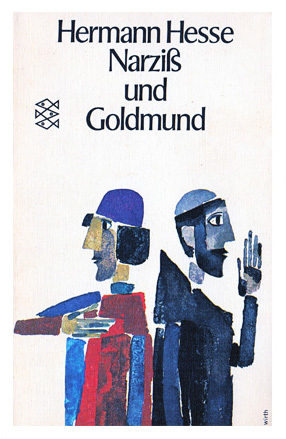
“We fear death, we shudder at life's instability, we grieve to see the flowers wilt..., and the leaves fall, and in our hearts we know that we, too, are transitory and will soon disappear. When artists create pictures and thinkers search for laws and formulate thoughts, it is in order to salvage something from the great dance of death, to make something last longer than we do.”Probably the most vivid contrast I've read between, on one hand, the beauty of the skin, visual art and sensual pleasures, and, on the other, the splendors of the spirit, stability, science and logic.



